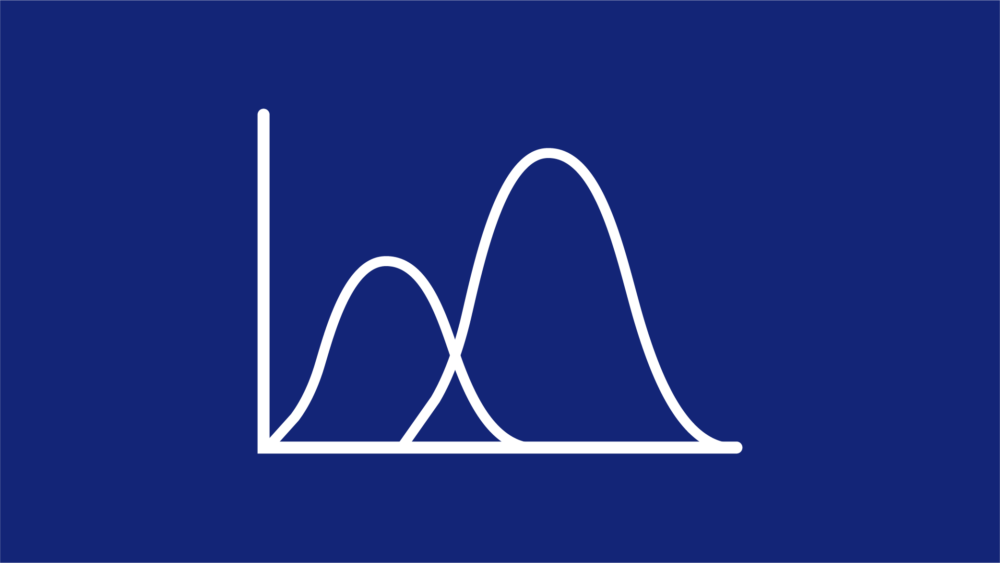Applications to Process Metallurgy
For slag/metal reactions, Thermo-Calc can be used to calculate the following as a function of temperature and composition:
Application Examples
Slag Metal Reaction Kinetics During Refining
Reactions occurring during steelmaking and refining do not reach thermodynamic equilibrium due to kinetic limitations. To take these into consideration, an effective equilibrium reaction zone (EERZ) model has been implemented into Thermo-Calc. This model assumes local equilibrium at phase interfaces, such as the interface between liquid steel and slag, but allows for the fact that thermal and composition gradients in the phases are present. The kinetics of the reactions are therefore limited by the mass and heat transfer to and from the reaction interface.
This figure, which was produced using the Process Metallurgy Module in Thermo-Calc, shows a comparison of predicted inclusion composition with the experimental data for a ladle refining process of a Ti-stabilized ultra-low carbon steel published by Graham and Irons.

Learn more about Applications to Process Metallurgy
Several examples showing how the Process Metallurgy Module can be used throughout the steelmaking process.
Simulating the Steelmaking and -Refining Process using Thermo-Calc’s Process Metallurgy Module
A Kinetic and Thermodynamic Description of the Steel Making Process using Thermo-Calc and the CALPHAD Database TCOX
in Proceedings of METEC & 3rd ESTAD 2019, European Steel Technology and Application Days: Düsseldorf, Germany, 2019.
The Application of an Effective Equilibrium Reaction Zone Model Based on CALPHAD Thermodynamics to Steel Making
A collection of videos demonstrating the capabilities of the Process Metallurgy Module.





